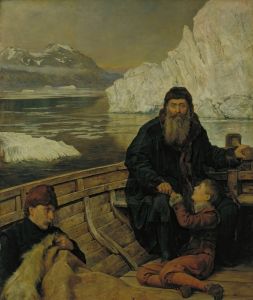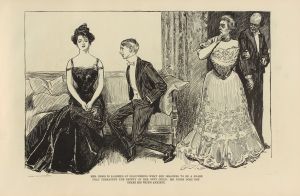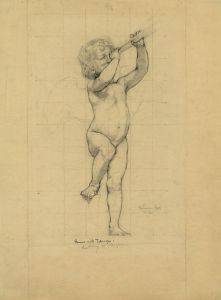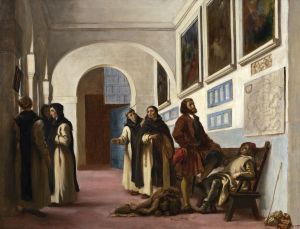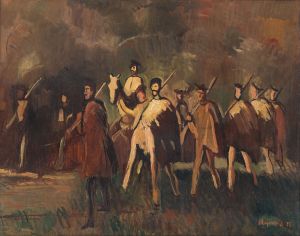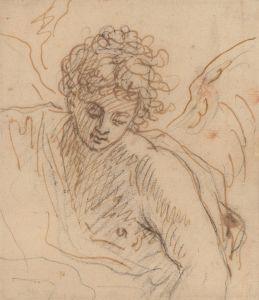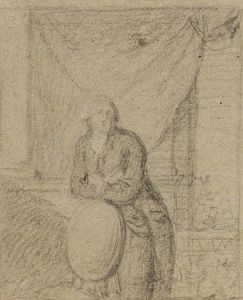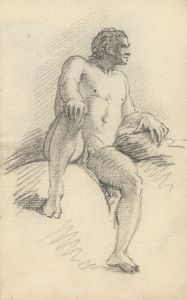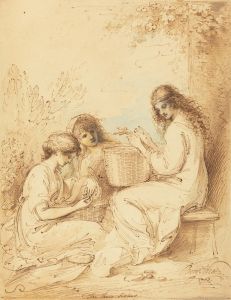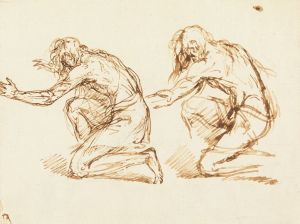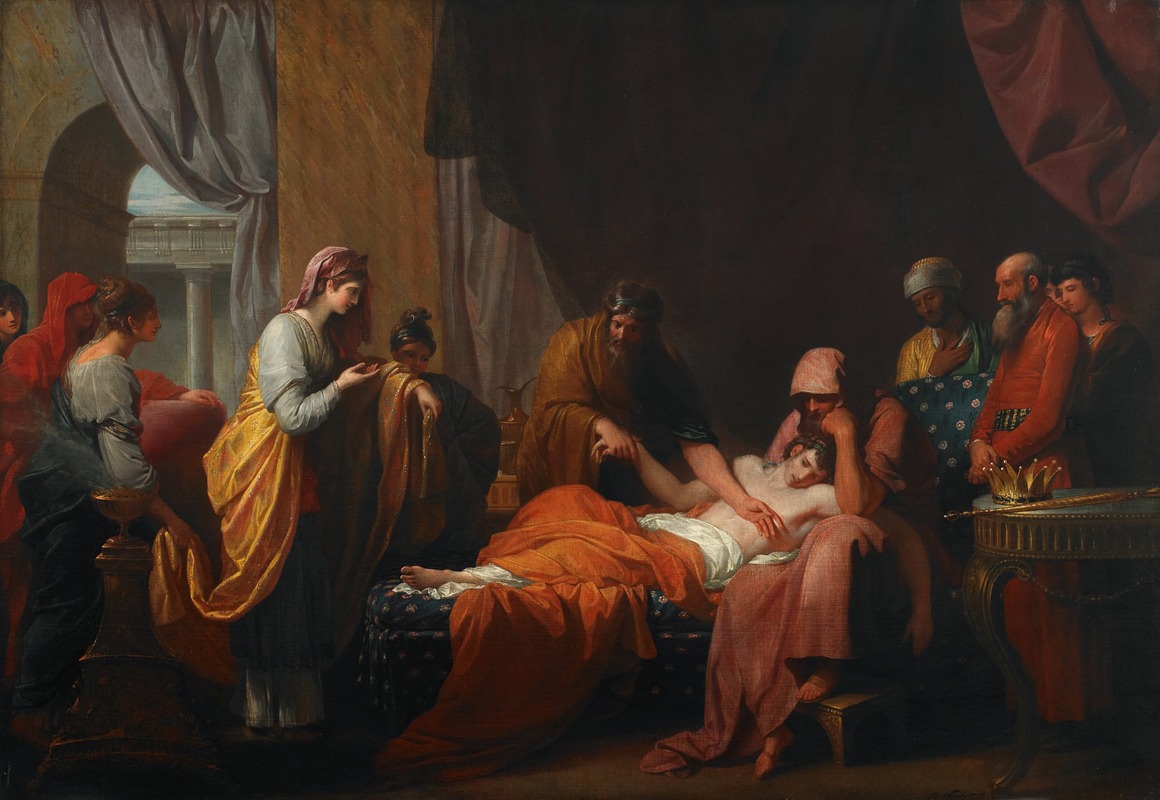
Erasistratus the Physician Discovers the Love of Antiochus for Stratonice
A hand-painted replica of Benjamin West’s masterpiece Erasistratus the Physician Discovers the Love of Antiochus for Stratonice, meticulously crafted by professional artists to capture the true essence of the original. Each piece is created with museum-quality canvas and rare mineral pigments, carefully painted by experienced artists with delicate brushstrokes and rich, layered colors to perfectly recreate the texture of the original artwork. Unlike machine-printed reproductions, this hand-painted version brings the painting to life, infused with the artist’s emotions and skill in every stroke. Whether for personal collection or home decoration, it instantly elevates the artistic atmosphere of any space.
"Erasistratus the Physician Discovers the Love of Antiochus for Stratonice" is a painting by Benjamin West, an Anglo-American artist known for his historical and neoclassical works. This painting captures a moment from ancient history, illustrating a story involving the Hellenistic Seleucid Empire.
The narrative depicted in the painting is based on a historical account involving Antiochus I Soter, the son of Seleucus I Nicator, one of Alexander the Great's generals and the founder of the Seleucid Empire. Antiochus fell deeply in love with his stepmother, Stratonice, who was married to his father, Seleucus. This unrequited love caused Antiochus to fall gravely ill, and his condition puzzled the court physicians.
Erasistratus, a renowned physician of the time, was called upon to diagnose Antiochus's mysterious illness. According to historical accounts, Erasistratus observed that Antiochus's symptoms worsened whenever Stratonice was present. He deduced that the young prince was suffering from lovesickness, a condition that was not uncommon in ancient medical diagnoses. Erasistratus revealed his findings to Seleucus, who, in a gesture of paternal compassion and political acumen, decided to give Stratonice to Antiochus in marriage. This decision not only cured Antiochus but also solidified the bonds within the ruling family.
Benjamin West's painting captures the dramatic moment of Erasistratus's discovery. The composition typically features Antiochus lying on a bed, visibly weakened by his condition, while Erasistratus gestures towards Stratonice, indicating the cause of the prince's ailment. The figures are often depicted with expressions of concern and realization, highlighting the emotional intensity of the scene. West's use of light and shadow, along with his attention to detail in the characters' attire and setting, reflects the neoclassical style that was prevalent during his time.
West, born in 1738 in Pennsylvania, was a prominent figure in the art world of the 18th century. He moved to England in 1763, where he gained significant recognition and eventually became the second president of the Royal Academy. His works often focused on historical and religious themes, and he was known for his ability to convey narrative through dramatic compositions and expressive figures.
"Erasistratus the Physician Discovers the Love of Antiochus for Stratonice" is a testament to West's skill in storytelling through art. The painting not only illustrates a fascinating historical anecdote but also reflects the cultural and artistic values of the neoclassical period, emphasizing clarity, order, and emotional depth.
This work is part of a broader tradition of history painting, a genre that sought to educate and inspire viewers by depicting significant events from history, mythology, and religion. West's painting serves as a visual representation of a story that has been recounted by various ancient historians, including Plutarch and Appian, and continues to capture the imagination of audiences today.
The painting is housed in various collections and has been studied for its artistic and historical significance. It remains an important example of Benjamin West's contribution to the development of history painting and his role in bridging American and European art traditions during a transformative period in art history.





